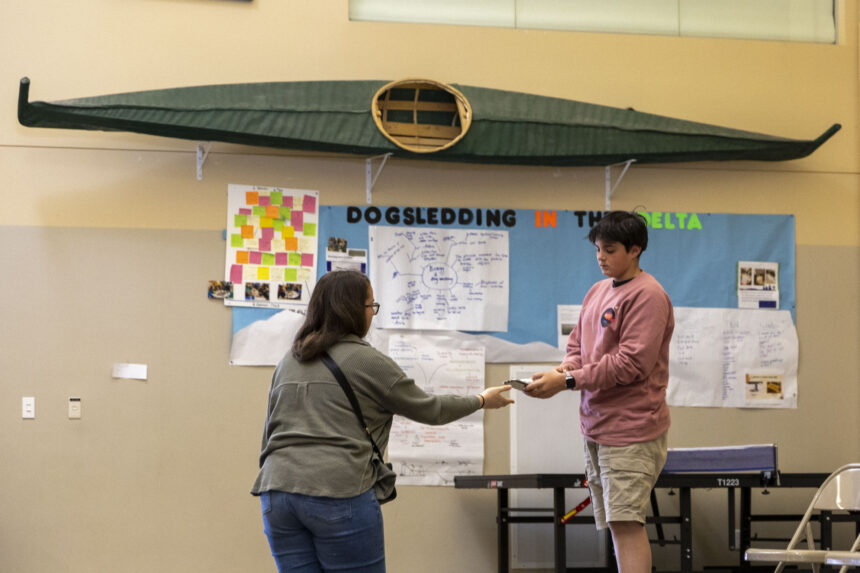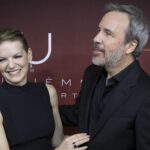The Northwest Territories government is actively exploring the implementation of a territory-wide cell phone policy for schools, joining a growing national conversation about technology’s place in educational environments. This potential policy shift comes as educators across Canada grapple with the challenge of balancing digital literacy with the documented distractions that mobile devices present in classrooms.
“We’re at a critical juncture where we need to seriously evaluate how these devices impact learning,” said Education Minister R.J. Simpson during Tuesday’s legislative assembly session. “The evidence suggesting negative effects on student concentration and mental health is becoming increasingly difficult to ignore.”
The minister’s comments were prompted by questions from Frame Lake MLA Kevin O’Reilly, who highlighted concerns from constituents about excessive screen time and its potential correlation with declining academic performance. Simpson acknowledged that his department has been closely monitoring policies implemented in other Canadian jurisdictions, including Alberta, Saskatchewan, and Quebec, which have already instituted various forms of restrictions on classroom phone use.
Current practice in the Northwest Territories leaves technology management decisions largely to individual schools and education authorities. This decentralized approach has resulted in inconsistent policies across the territory, with some schools implementing strict lockdown procedures while others adopt more flexible guidelines.
The Yellowknife Education District No. 1 has been among the more progressive in addressing the issue. Several of its schools have already adopted “phone-free” environments where devices must remain in lockers throughout instructional hours. Early feedback from teachers suggests these measures have yielded noticeable improvements in student engagement and social interaction.
“What we’re seeing in classrooms where phones are removed is not just better academic focus, but richer face-to-face conversations between students,” noted a high school principal from Yellowknife who requested anonymity pending official policy announcements. “These kids are rediscovering the art of direct communication.”
The Northwest Territories Teachers’ Association has expressed cautious support for a territory-wide approach, emphasizing that any policy must be accompanied by appropriate resources and professional development to help educators implement new rules effectively. The association has also stressed the importance of exceptions for students who require devices for medical monitoring or other legitimate educational purposes.
Parents’ reactions have been mixed. A recent informal survey conducted by the Yellowknife Parents’ Advisory Group found that while 68% of respondents supported some form of restrictions, many expressed concern about maintaining emergency contact capabilities with their children, particularly in remote communities where alternative communication systems may be limited.
The Department of Education, Culture and Employment has indicated that consultations with key stakeholders, including students, will begin this spring. Simpson emphasized that youth voices must be central to the conversation, acknowledging that effective policy requires buy-in from those most directly affected.
“This isn’t about demonizing technology,” Simpson clarified. “It’s about creating learning environments where students can develop the focus and interpersonal skills they’ll need throughout life.”
As the territory weighs this significant policy decision, questions remain about how implementation would work across diverse school settings from urban Yellowknife to fly-in communities with different infrastructure challenges. Will a one-size-fits-all approach serve the territory’s varied educational landscape, or should flexibility remain a cornerstone of any new policy framework?










